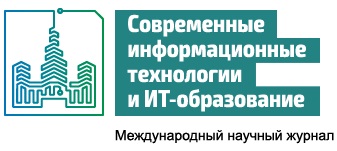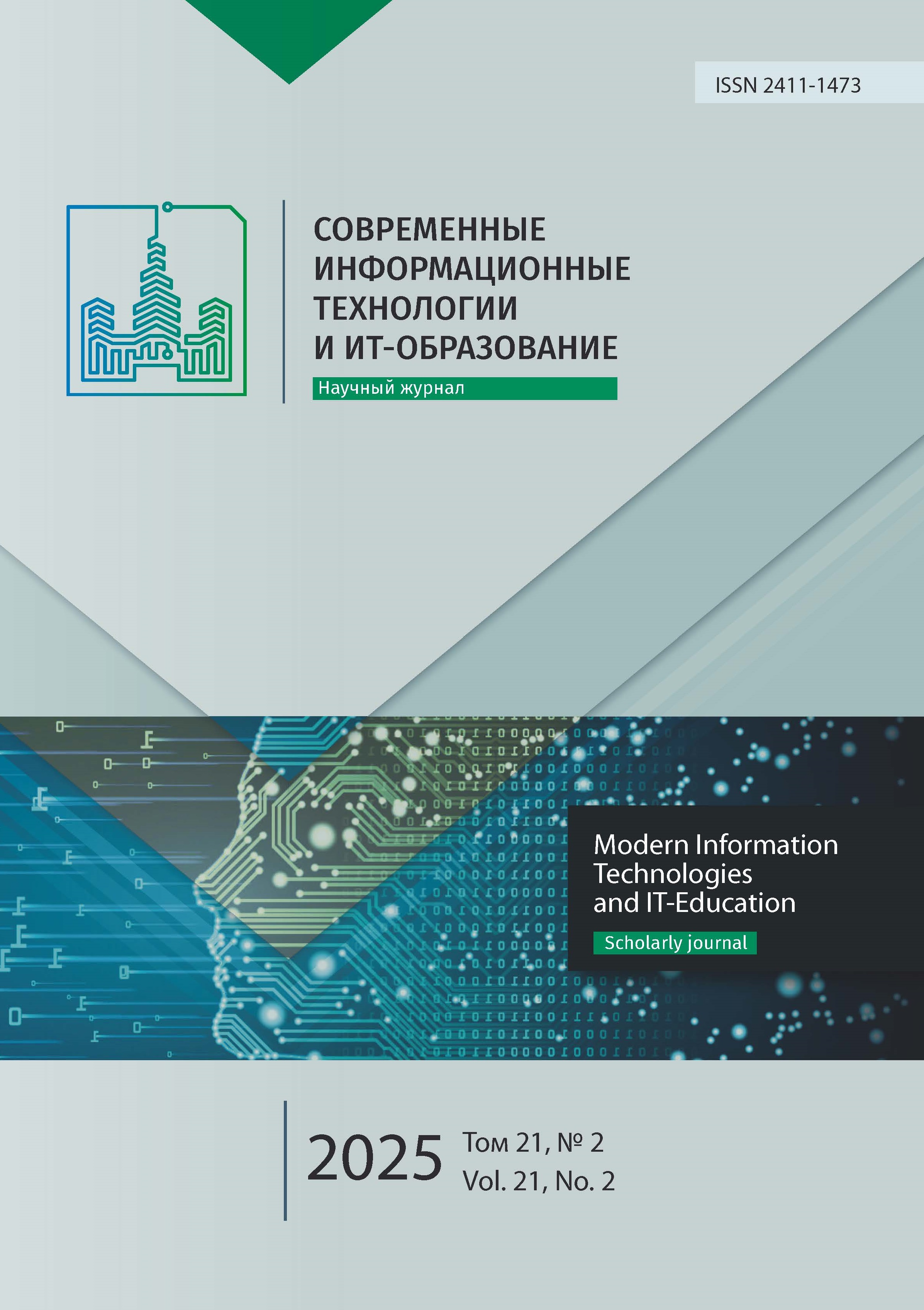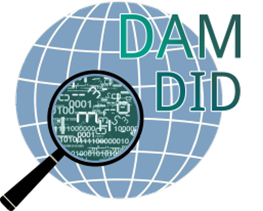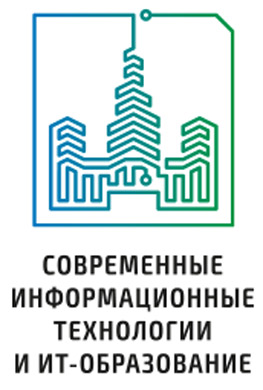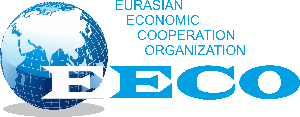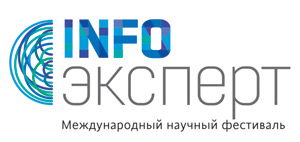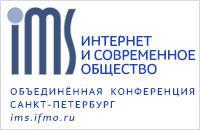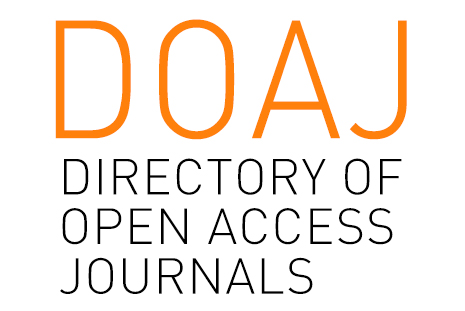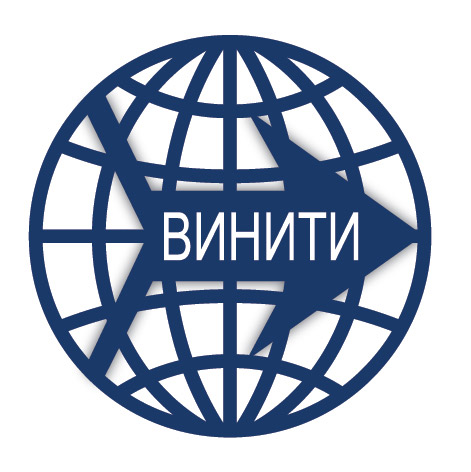Как нейросетевые технологии преобразуют подходы к оценке школьного благополучия?
Аннотация
Современные исследования подтверждают прямую связь между благополучием учащихся, их академической успеваемостью. Привычные и общеизвестные опросные методы (интервью, анкеты, тесты) обладают существенными ограничениями – неискренность респондентов, трудоемкость обработки результатов, и главное – отсутствие возможности зафиксировать динамику эмоциональных состояний в реальном времени.
Цель статьи – раскрыть концепт "школьного благополучия" и обосновать идею создания программного продукта-нейросети для анализа эмоций с целью изучения школьного благополучия в образовании. В статье рассмотрены модели PERMA (Селигман) и субъективного благополучия (Динер); современные методы оценки эмоций (мимика, физиология, поведенческие маркеры); опыт использования ИИ в смежных областях. Акцент сделан на интеграции технологических и опросных методов для оценки школьного климата. Разработана программа-нейросеть "Школьное благополучие" на основе CNN и библиотеки dlib, анализирующая микровыражения (6 эмоций) с точностью 96,8%. Программа адаптирована к школьным условиям (игнорирует артефакты, например, наклон головы).
Разработка носит исследовательский характер и требует решения этико-правовых аспектов. Она служит инструментом мониторинга для: сопоставления данных ИИ с анкетированием учащихся; создания "эталонных эмоциональных профилей" учебных сценариев (лекции, групповая работа); анализа эмоционального фона в разных социокультурных контекстах; прогнозирования кризисных ситуаций. Впервые в РФ предложено использование нейросетей для оценки школьного благополучия. Инновацией стало обоснование "эмоциональных маркеров" образовательной эффективности, например, связи удивления с креативностью на уроках. Программа позволяет получать объективные данные для управленческих решений, оценки методов преподавания и психологического комфорта учащихся. Продукт готов к масштабированию в школах Санкт-Петербурга и других регионов РФ.

Это произведение доступно по лицензии Creative Commons «Attribution» («Атрибуция») 4.0 Всемирная.
Редакционная политика журнала основывается на традиционных этических принципах российской научной периодики и строится с учетом этических норм работы редакторов и издателей, закрепленных в Кодексе поведения и руководящих принципах наилучшей практики для редактора журнала (Code of Conduct and Best Practice Guidelines for Journal Editors) и Кодексе поведения для издателя журнала (Code of Conduct for Journal Publishers), разработанных Комитетом по публикационной этике - Committee on Publication Ethics (COPE). В процессе издательской деятельности редколлегия журнала руководствуется международными правилами охраны авторского права, нормами действующего законодательства РФ, международными издательскими стандартами и обязательной ссылке на первоисточник.
Журнал позволяет авторам сохранять авторское право без ограничений. Журнал позволяет авторам сохранить права на публикацию без ограничений.
Издательская политика в области авторского права и архивирования определяются «зеленым цветом» в базе данных SHERPA/RoMEO.
Все статьи распространяются на условиях лицензии Creative Commons «Attribution» («Атрибуция») 4.0 Всемирная, которая позволяет другим использовать, распространять, дополнять эту работу с обязательной ссылкой на оригинальную работу и публикацию в этом журналe.
